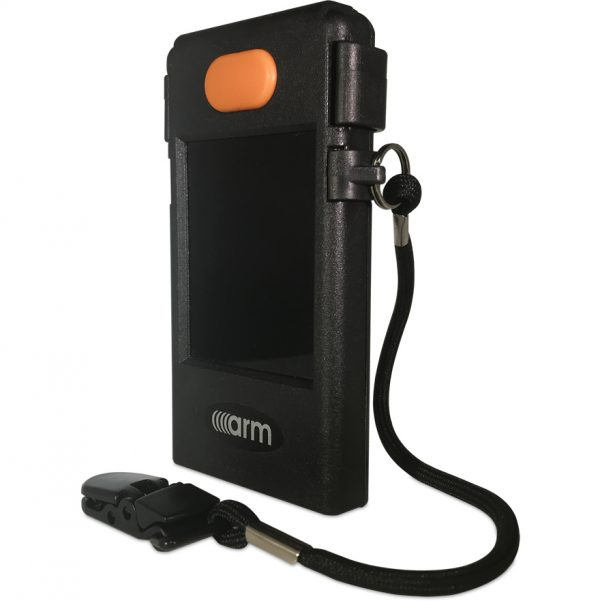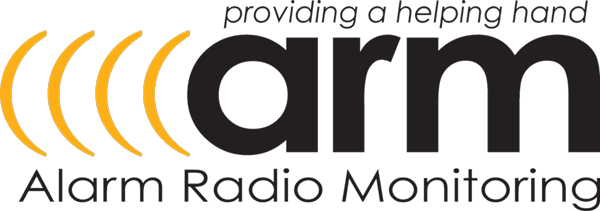Protect Healthcare Staff with Personal Wireless Panic AlarmS
ARM UK’s wireless personal alarm systems are specifically designed to safeguard healthcare professionals working in high-pressure, high-risk environments. Whether in hospitals, care homes, clinics, or secure units, these compact and easy-to-use alarms enable staff to request emergency assistance instantly, ensuring a fast, coordinated response in critical situations.
Each alarm device is wireless, rechargeable, and equipped with infrared and/or radio signalling for location detection and system redundancy. Built with anti-ligature cords, call reassurance features, and optional man-down detection, they are suited for both general and lone working roles. These personal alarms integrate seamlessly with ARM nurse call systems, ceiling receivers, and control panels, supporting site-wide staff safety strategies.
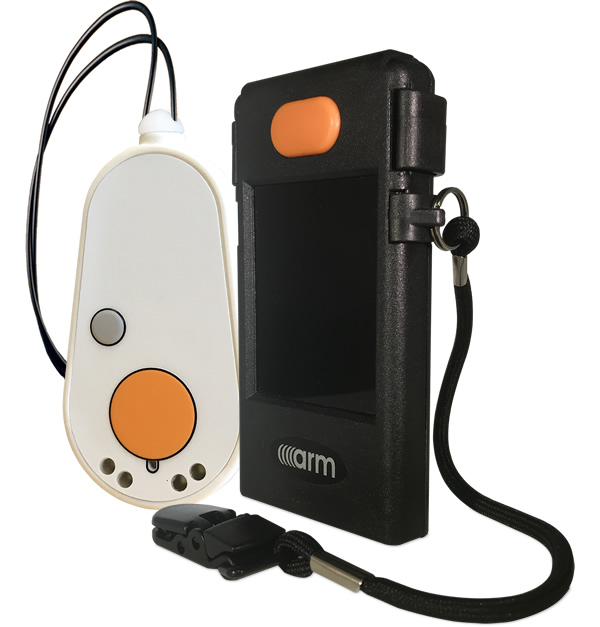
Multiple Devices
- Lightweight devices are available in different forms
Mobile Alarm Units
- Request assistance wherever you are
- Ideal for busy A&E departments
Rechargeable
- Easy to recharge, with low battery warning and charging indicators
Different forms to meet your requirements
Staff Infra-Red Fob
- infra-red only
- record staff ID for call, reset and staff presence
- activate call points or ceiling location units
- 2 x alarms (staff call & emergency)
- call reassurance LED & tone
- red anti-ligature lanyard
- rechargeable with charging indicators
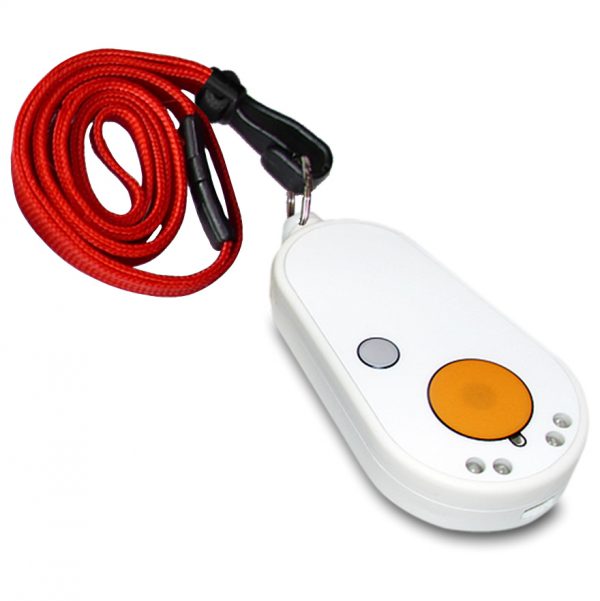
Pendant
- dual radio and infra-red alarm signals
- activate call points or ceiling location units
- 2 alarms (assistance & emergency)
- an anti-ligature cord with emergency alarm toggle
- call reassurance LED & tone
- rechargeable with charging indicators
- the radio alarm signals act as a redundancy alarm route, in case there is not a call point or ceiling location unit to receive the infra-red alarm signals
- (radio only version available if you know where the member of staff will be lone working e.g. plant room/interview room 1)
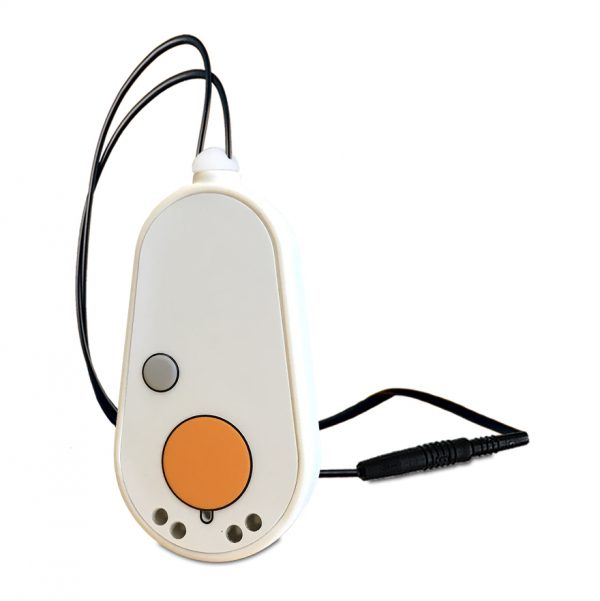
Staff BeltClip
- dual radio and infra-red alarm signals
- activate call points or ceiling location units
- 2 alarms (assistance & emergency)
- emergency alarm rip cord
- automatic man-down option available
- call reassurance LED & tone
- wireless charging with charging indicators
- the radio alarm signals act as a redundancy alarm route, in case there is not a call point or ceiling location unit to receive the infra-red alarm signals
